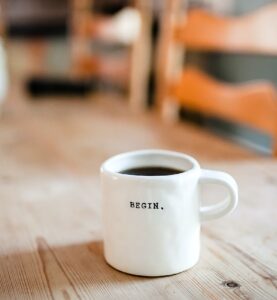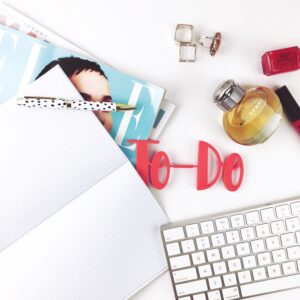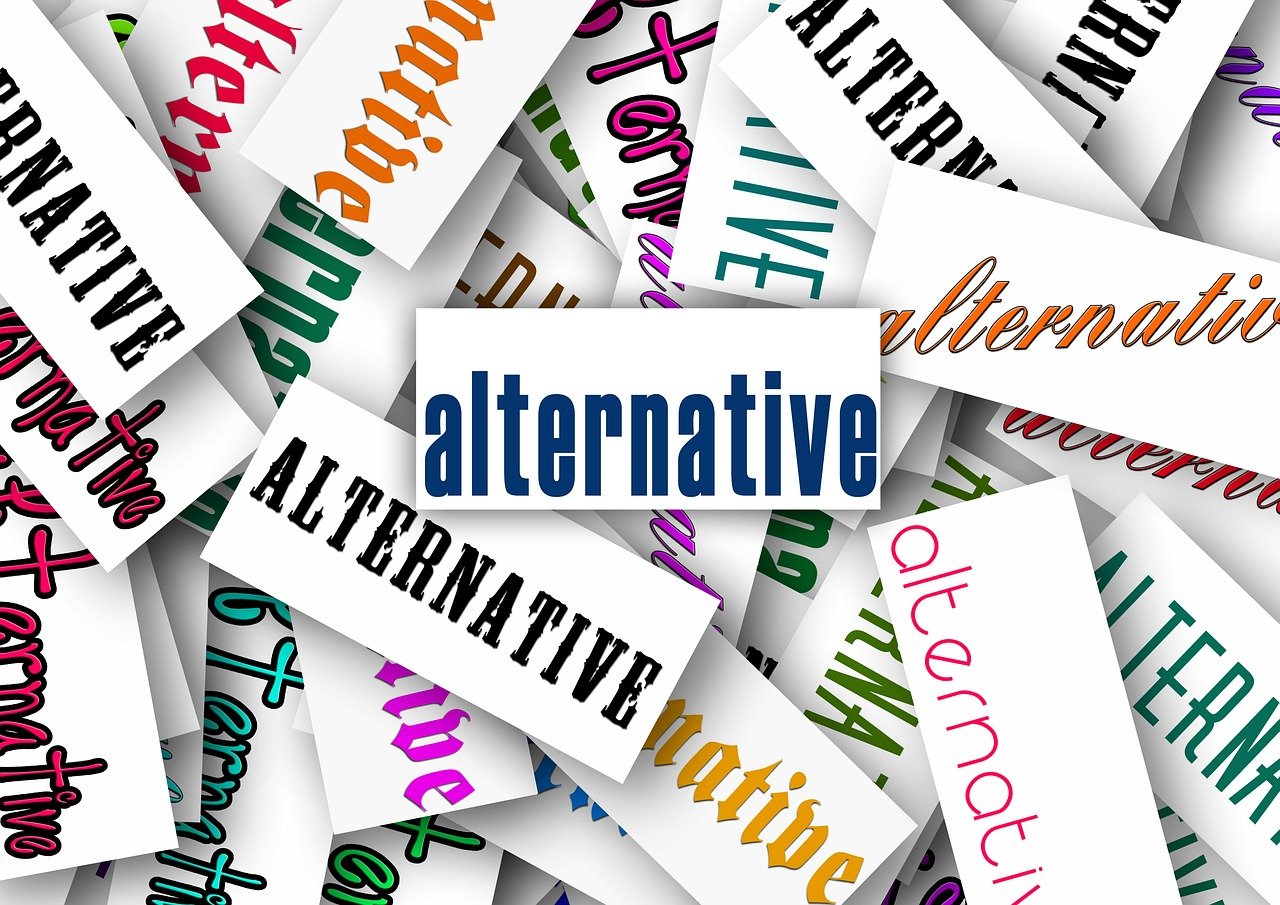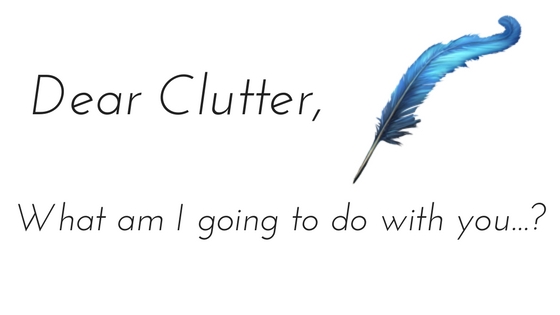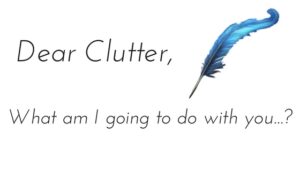 I frequently encourage clients to organize to music. Put together your favourite playlist. Now see what can be accomplished before the 15 minutes playlist is done.
I frequently encourage clients to organize to music. Put together your favourite playlist. Now see what can be accomplished before the 15 minutes playlist is done.
Bring in a Mel Robins podcast and boom! My theory has been pushed to the level of science based tools for not only organizing but focus, performance and healing. I highly recommend you listen to the entire show but for now, here is the summary.
Organize to Music for the Tough Stuff
When you listen to music that you associate with great times as a child or young adult, Your brain naturally relates to the mood and feeling of the time and place where you were regularly listening to that music. Favourite high school song? Special song when you and your life partner first met? THAT summer camp song? You know the ones…this the music that you know by heart and when it comes on the radio your mind goes immediately to that time, place and feeling.
Tip 1
Use the music to get through tough organizing. Since this music is guaranteed to put you in a great mood, use this for tackling a tough organizing project. The music will put you in a good and help you get through the tough stuff. Doesn’t have to be limited to organizing to music. My family had an ABBA record that was essential for tackling the Christmas dinner dishwashing at the farm.
Tip 2
After a tough organizing project, use your favourite memory music to reset your mindset. Clearing a loved one’s estate? Left feeling blue and discouraged? Put on your favourite memory music and it will immediately help reset your mindset.
Music for Performance
Have you got a favourite pump up song? If you were being announced on stage, what “walk on” song would you use? What music hypes you up? This music is actually helps you deliver better performance. Whether you listen to it before you have to perform or while you are performing, it will have the same result.
Tip 3
If you are getting ready to tackle an organizing project that is going to require a high level of energy (packing, moving, that over the top full garage?) put on your personal hype music. This music will put you in a state of peak performance and you will get more done. Need to be on top of your game? Put on your “walk on” song and use that increase in energy to get the results you want.
Music for Concentration
Ever hear of music with binaural beats? This music helps with concentration. However, you need to be using headphones. Bi means two, right? Aural relates to hearing and ears. Therefore, two ears for two different frequencies that helps you brain into focus, calm or creative thinking. Organizing to music is not just for upbeat. In addition, it can be used for focus and concentration.
Tip 4
Put on some headphones and find a tract of binaural beats to help you when concentration or focus are key in your organizing project. An example might be sorting paper (tax files?) or books where you have to think about what you need to keep.
So, organizing to music is a real, science backed strategy. I highly recommend you listen to the entire podcast in order to hear the full science conversation. And then get your playlists ready and organizing will be easier, more fun and more productive. Have fun.

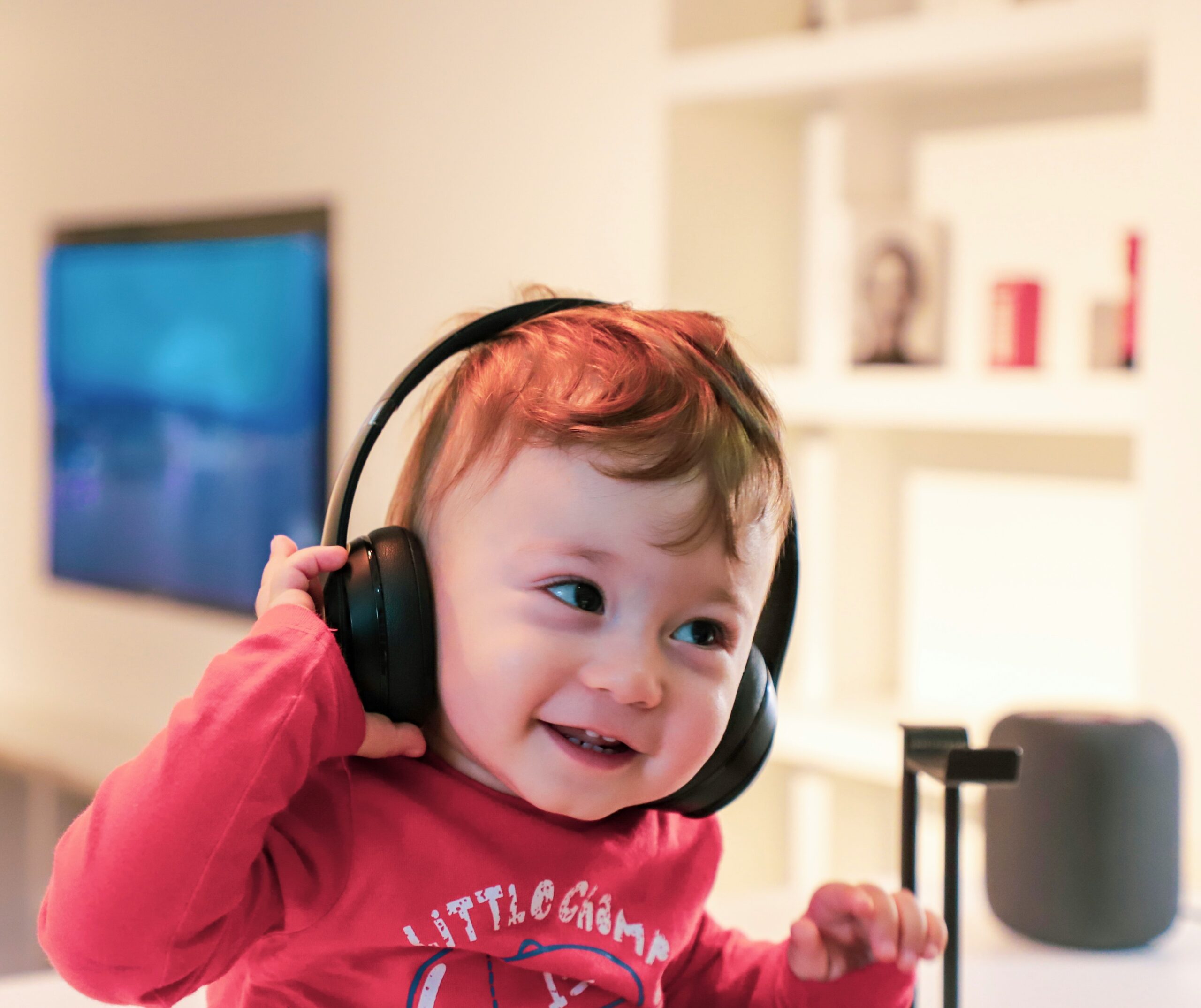
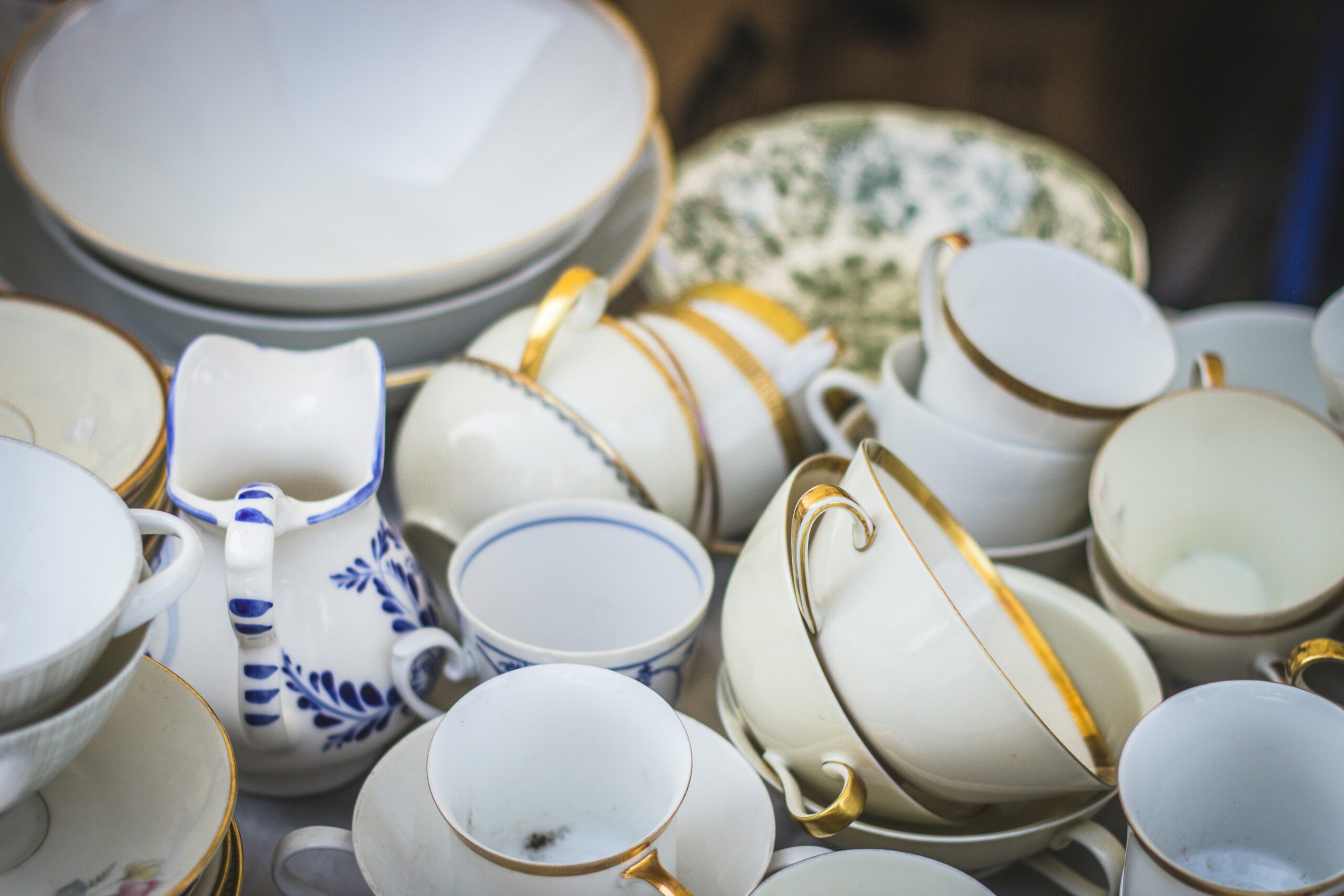
 Many people don’t realize there is a declutter difference between backlog and day to day. Not all clutter is created equally. This will help.
Many people don’t realize there is a declutter difference between backlog and day to day. Not all clutter is created equally. This will help.